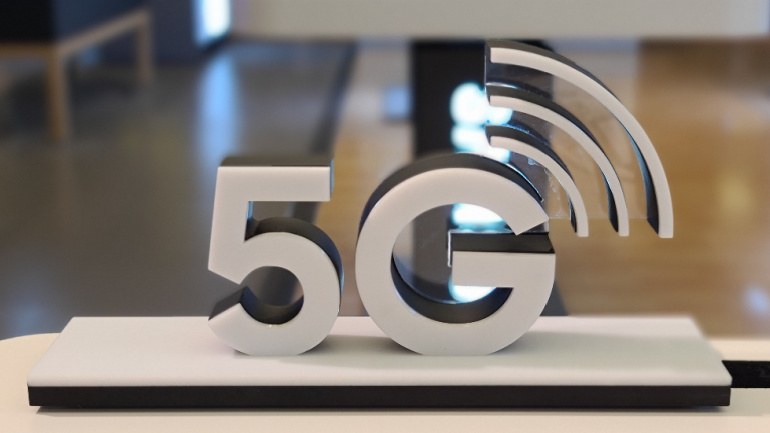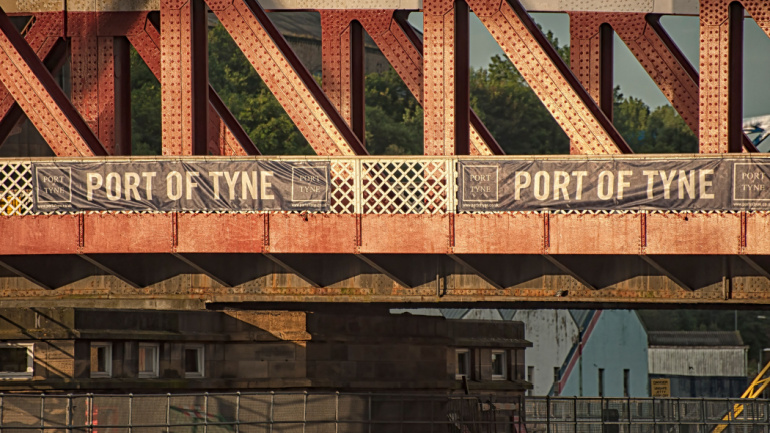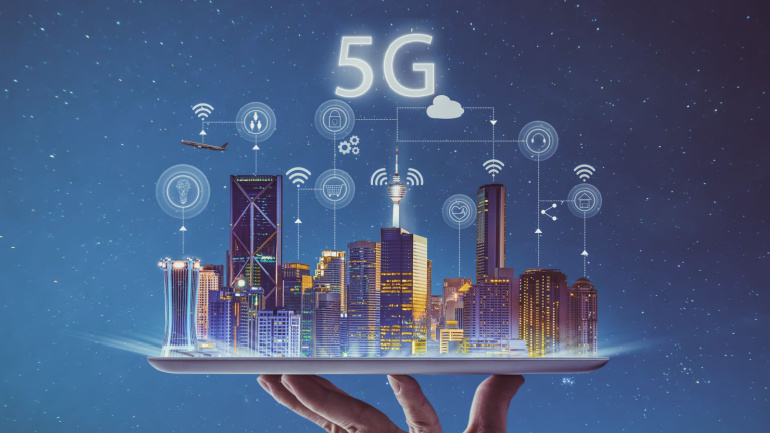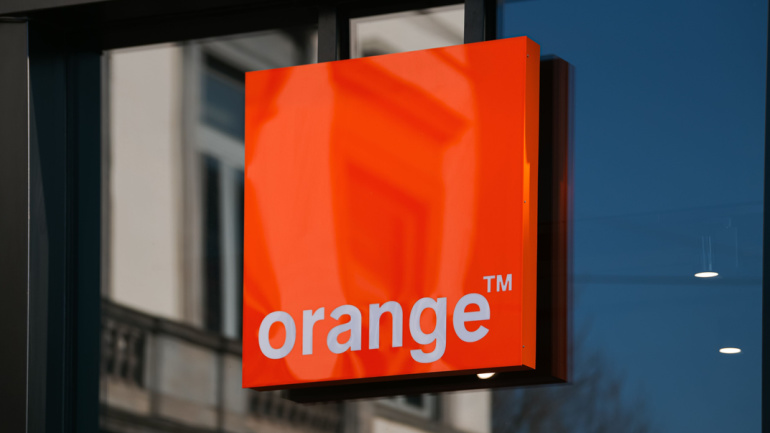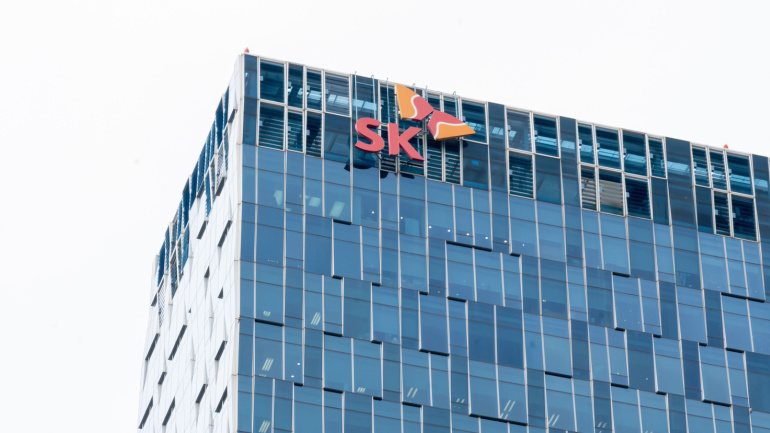Almost half of Britain’s deprived rural areas lack access to 5G, according to a study by Vodafone. Urban communities fare better, but the digital divide remains significant. While this disparity supports Vodafone’s push for a merger with Three to improve coverage, government approval is still pending. Is this research merely a tactic to justify the merger, or does it genuinely highlight the urgent need for connectivity solutions in these regions?
Ofcom has cemented plans to propel UK’s 5G coverage by introducing the nation’s first millimetre-wave (mmWave) spectrum auction. This will span the robust 26GHz and 40GHz spectrum bands, targeting faster 5G speeds across 68 UK towns and cities. Interestingly, mmWave 5G promises impressive speed and capacity upgrades, but struggles with range and penetrability, making it ideal for densely populated areas. The auction awaits a verdict on a key industry merger before commencement.
The Port of Tyne, a key player in UK’s maritime infrastructure, is embarking on an exciting technological journey, partnering with Ericsson and BT to establish 4G and 5G private network connectivity. By engaging revolutionary standards in safety, efficiency, and sustainability, the Port aspires to become an exemplar among smart ports. Uniquely, the port-wide private network incorporates both 4G and 5G standalone connectivity, benefitting legacy devices while enabling cutting-edge 5G applications. This technological upgrade paves the way for futuristic applications that could revolutionize port operations while reducing carbon emissions. Learn more about this visionary initiative and its potential implications for the maritime industry.
Stepping into the spotlight, Ericsson unveils a software toolkit aimed at enhancing 5G connectivity services. Harnessing fresh algorithms to optimize performance, modifying RAN slicing for faster service, and promising superior low-latency capabilities, this toolkit is a game-changer. Despite the off-pulse struggle to unlock 5G potential, this toolkit is deemed as a catalyst for transitioning from ‘best-effort’ broadband to premium experience. Yet, the question remains: Will consumers bite? In this backdrop, Network X, a collaboration with the wireline and cloud industries, promises insightful stories and strategies, marking a critical date for telecom enthusiasts.
The implementation of 5G and 5.5G continues to hit roadblocks for mobile network operators – from an overwhelming number of O&M alarms to growing energy usage. Striking a balance between enhanced user experience and energy efficiency becomes crucial. Furthermore, the substantial financial expenditure for service provisioning underscores the need for attracting high-value customers. As the industry clarity grows on evolving towards autonomous networks, the two standout levels are L3 – a process that enhances efficiency, and L4 – that takes O&M to a proactive level with preventive tactics. Huawei’s solutions in this field focus on syncing optimal energy efficiency with ideal service experience. Interestingly, Huawei’s collaboration with a German operator led to the introduction of a premium package, further opening doors to business growth.
As the Federal Communications Commission refocuses on airway ownership, the conversation around midband spectrum control heats up. Telecom leaders differ: AT&T calls for a review of midband acquisitions, while T-Mobile criticizes this as self-serving. Dish joins the debate, advocating a 25% national screen to encourage competition. Amid conflicting viewpoints, the FCC must forge a path in balancing market sense and fairness.
At the Global Mobile Broadband Forum 2023, Ken Hu of Huawei underscored the impressive growth of 5G networks worldwide, signaling a transformative shift. With 260 5G networks serving almost half the global population, 5G is identified as the catalyst of synergistic growth in the B2B market. However, realization of its full potential will base on consistent network investment, as reiterated by Bruce Lam—CEO, Consumer, at Hong Kong Telecommunications.
Vodafone’s recent triumph, a successful trial achieving 5 Gbps using the upper 6 GHz band for mobile signal transmission, highlights the upcoming decision on spectral band division at ITU’s WRC23. Through this trial, performed on Madrid’s Vodafone campus, engineers established the 6 GHz band can provide coverage on par with existing 5G networks.
In the recently held Network X event, Orange’s Deputy CEO shed light on their significant fiber expansion and presented an intriguing outlook on 5G’s future, hinting at its potential in achieving the 2040 CSR objectives. Discussing 5G Standalone (SA), she highlighted it as a gamechanger for B2B interactions, fueling varied possibilities. Briefly discussing their triumph at the Barcelona port project, she humbly emphasized the responsibilities that come with connected factories.
SK Telecom’s collaboration with AI pioneer Mars Auto, brings forth a compelling vision for autonomous trucking, leveraging SKT’s 5G prowess and Mars Auto’s AI system. With Mars Auto’s AI armed with extensive roadway data from SKT, there’s a promise of safer, more efficient self-driving services. SKT’s continued strides in telecom, signified by the company’s alliance with Deutsche Telekom and massive investment in AI firm Anthropic, show signs of transformative potential for the telecom sector.




